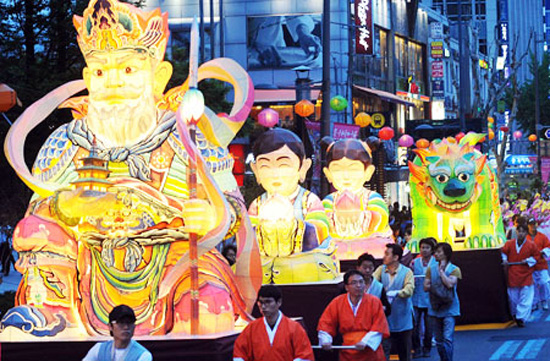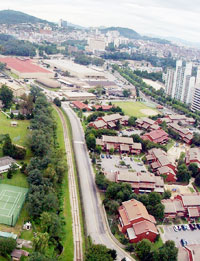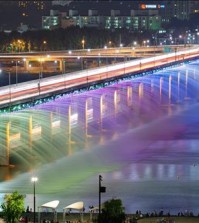- California Assembly OKs highest minimum wage in nation
- S. Korea unveils first graphic cigarette warnings
- US joins with South Korea, Japan in bid to deter North Korea
- LPGA golfer Chun In-gee finally back in action
- S. Korea won’t be top seed in final World Cup qualification round
- US men’s soccer misses 2nd straight Olympics
- US back on track in qualifying with 4-0 win over Guatemala
- High-intensity workout injuries spawn cottage industry
- CDC expands range of Zika mosquitoes into parts of Northeast
- Who knew? ‘The Walking Dead’ is helping families connect
Seoul wants Yongsan base on UNESCO list
By Kim Tong-hyung
The U.S. Army base in Yongsan was announced among Seoul City’s new candidates for UNESCO’s cultural heritage list.
Other candidates revealed on Monday included the historical sites of Baekje Kingdom (18 B.C.-660 A.D.) in southern Seoul; the city’s old legation quarter around the Jeong-dong area; Deoksu Palace, which was the heart of the Korean Empire (1897–1910); Dongmyo and other shrines built in honor of 3rd century Chinese military commander Guan Yu.
Seoul will also attempt to put the annual Lotus Lantern Festival on Buddha’s birthday and the traditional food culture of Buddhist monks on UNESCO’s intangible cultural heritage list. Dongyeodo and other pre-modern maps of Korea and KBS television’s recordings of the reunions between separated families between North and South Korea were picked as candidates for UNESCO’s Memory of the World list.
The metropolitan government has already succeeded in putting remains of its old walls surrounding the region that had been Hanyang, the capital of the Joseon Kingdom (1392-1910), on UNESCO’s tentative list.
”We hope that the seven sites and cultural heritages announced today will join the Hanyang city walls on the UNESCO list. These candidates were picked by six experts, including a representative from the Korean committee of the UNESCO World Heritage. We will continue to consult with experts and be open to new ideas,’’ said an official from the Seoul Metropolitan Government’s historical and cultural assets division.
”The Yongsan base, which dates back to the days under Japanese colonial rule, certainly represents a painful part of our modern history. However, it’s certainly a unique site where the old military facilities of Japan co-exist with the contemporary facilities used by American troops.’’
The U.S. Army Yongsan Garrison, comprising a 2.5-square kilometer area in the Yongsan-gu district, served as headquarters for the Imperial Japanese Army from 1910 to 1945.


















